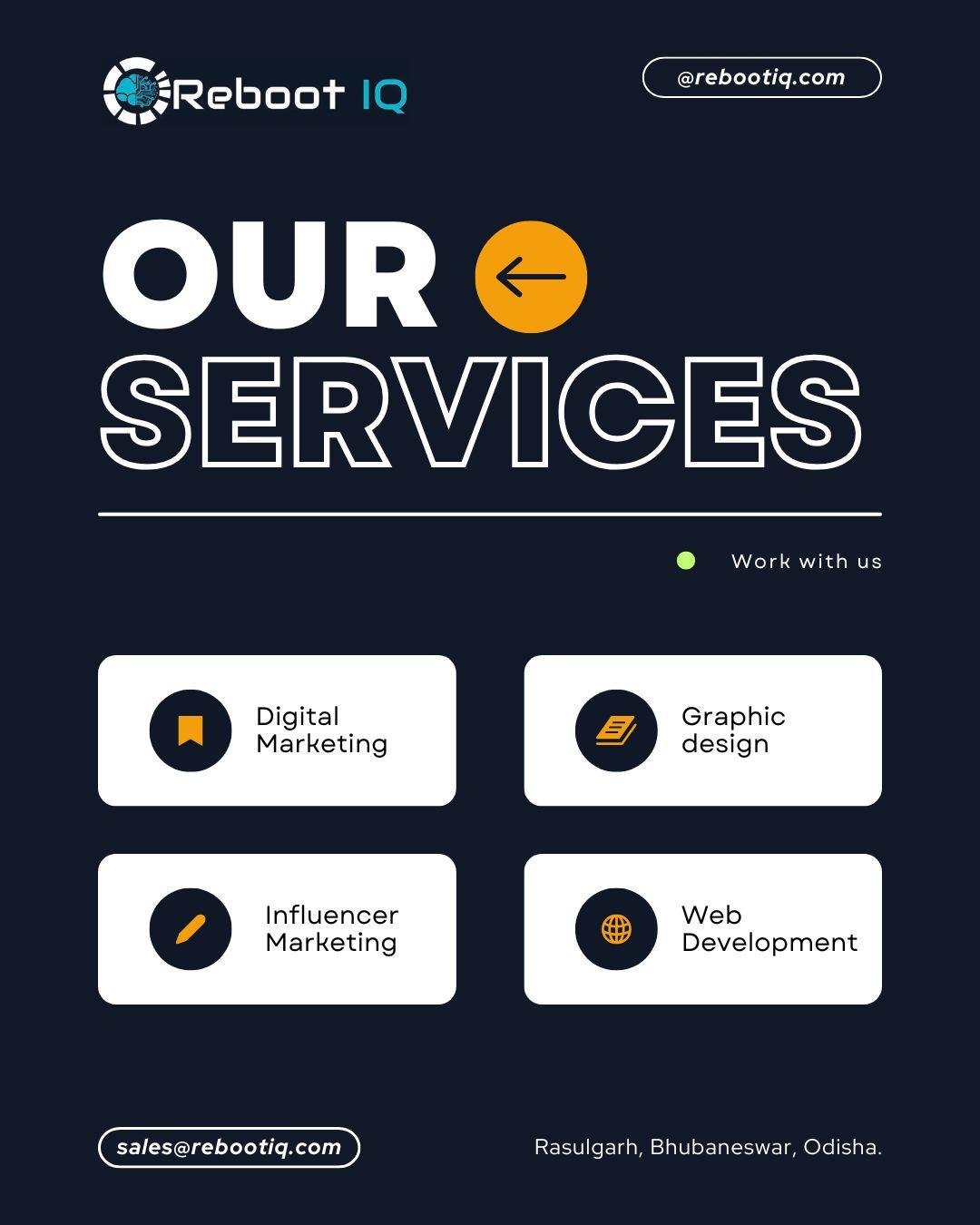Design That Works: 7 Proven Ways to Create Graphics People Actually Remember

Introduction
We live in a world where attention spans are shorter than ever — some studies say as low as 8 seconds. That means your graphics have just a few moments to grab attention, communicate a message, and make people remember your brand.
But here’s the catch — not all designs stick. Some vanish into the endless scroll of social media, while others go viral, spark conversations, and drive action. So, what separates forgettable visuals from truly memorable graphic design?
In this blog, we’ll uncover 7 proven ways to create graphics people actually remember, backed by practical tips and insights. You’ll also find answers to frequently asked questions about creating designs that work and strategies to boost your visual impact.
1. Start with a Strong Concept
Every memorable design starts with a clear idea. Before you open Canva or Photoshop, ask yourself:
- What do I want my audience to feel?
- What action do I want them to take?
- How does this design support my brand story?
According to Nielsen Norman Group, visual content is processed 60,000 times faster than text. A strong concept ensures that speed translates into meaning and not confusion.
2. Keep It Simple and Clear
Clutter kills memory retention. The human brain loves simplicity — it’s easier to process and recall.
- Stick to 2–3 core colors for consistency.
- Use clean, legible fonts (no more than 2 typefaces per design).
- Leave white space so the eye can focus on key elements.
Simplicity doesn’t mean boring. It means removing anything that doesn’t serve the message.
3. Use Emotion to Create Connection
People don’t remember facts; they remember feelings. Great design taps into emotions — joy, excitement, curiosity, or even urgency.
- Choose colors that trigger specific moods (red for energy, blue for trust).
- Use human faces and relatable scenarios to create empathy.
- Add power words in your copy that inspire action.
Emotionally driven visuals can boost engagement by up to 70% on social media, according to HubSpot research. Explore Our Graphic Design Services
4. Tell a Visual Story
Memorable designs often tell a mini-story. Instead of showing a random image, create a visual narrative.
- Use a clear focal point to direct attention.
- Apply the rule of thirds for balanced composition.
- Guide the viewer’s eye from headline → visual → call-to-action.
Your graphic should take the viewer on a journey, even if it lasts only a few seconds.
5. Leverage the Power of Contrast
Contrast makes your design pop — and makes it more memorable.
- Play with light vs. dark colors.
- Use bold typography against subtle backgrounds.
- Make CTAs stand out with color contrast.
If everything looks the same, nothing stands out. Contrast is your best friend for making sure the key message sticks.
6. Optimize for Every Platform
A design that looks great on desktop might not work on mobile. Optimize for each platform:
- Social media: Use square or vertical formats.
- Websites: Compress images for fast loading.
- Print: Use high-resolution (300 DPI) files.
Testing your graphics across devices ensures consistency and brand professionalism.
7. Test, Measure, and Improve
Creating graphics isn’t a one-time process — it’s ongoing.
- Run A/B tests to see which designs perform better.
- Use tools like Google Analytics and Meta Insights to track engagement.
- Keep iterating until you find what resonates with your audience.
Data-driven design ensures your visuals aren’t just pretty — they’re profitable.
Frequently Asked Questions (FAQs)
Q1: What makes a graphic memorable?
A memorable graphic is simple, emotionally engaging, and visually distinct. It communicates a clear message and leaves a lasting impression.
Q2: Do colors really affect memory?
Yes! Studies show that color improves memory retention by up to 80%. Choose colors strategically based on the emotions you want to trigger.
Q3: How do I make my graphics stand out on social media?
Use bold typography, strong contrast, and storytelling elements. Keep text minimal and add a compelling call-to-action.
Q4: Can I use templates for memorable design?
Templates are a great starting point, but customize them to reflect your brand identity. Unique designs are far more memorable than generic ones.
Q5: What tools are best for creating graphics?
For beginners, Canva is excellent. For professionals, Adobe Illustrator, Photoshop, and Figma offer greater creative control.
Conclusion
Creating graphics that people actually remember isn’t just about design skills — it’s about strategy, psychology, and consistency. Start with a solid concept, keep it simple, use emotion, tell a story, optimize for platforms, and test relentlessly.
When done right, your graphics won’t just catch attention — they’ll drive action, boost engagement, and strengthen your brand identity.
Website: Rebootiq Infotech




